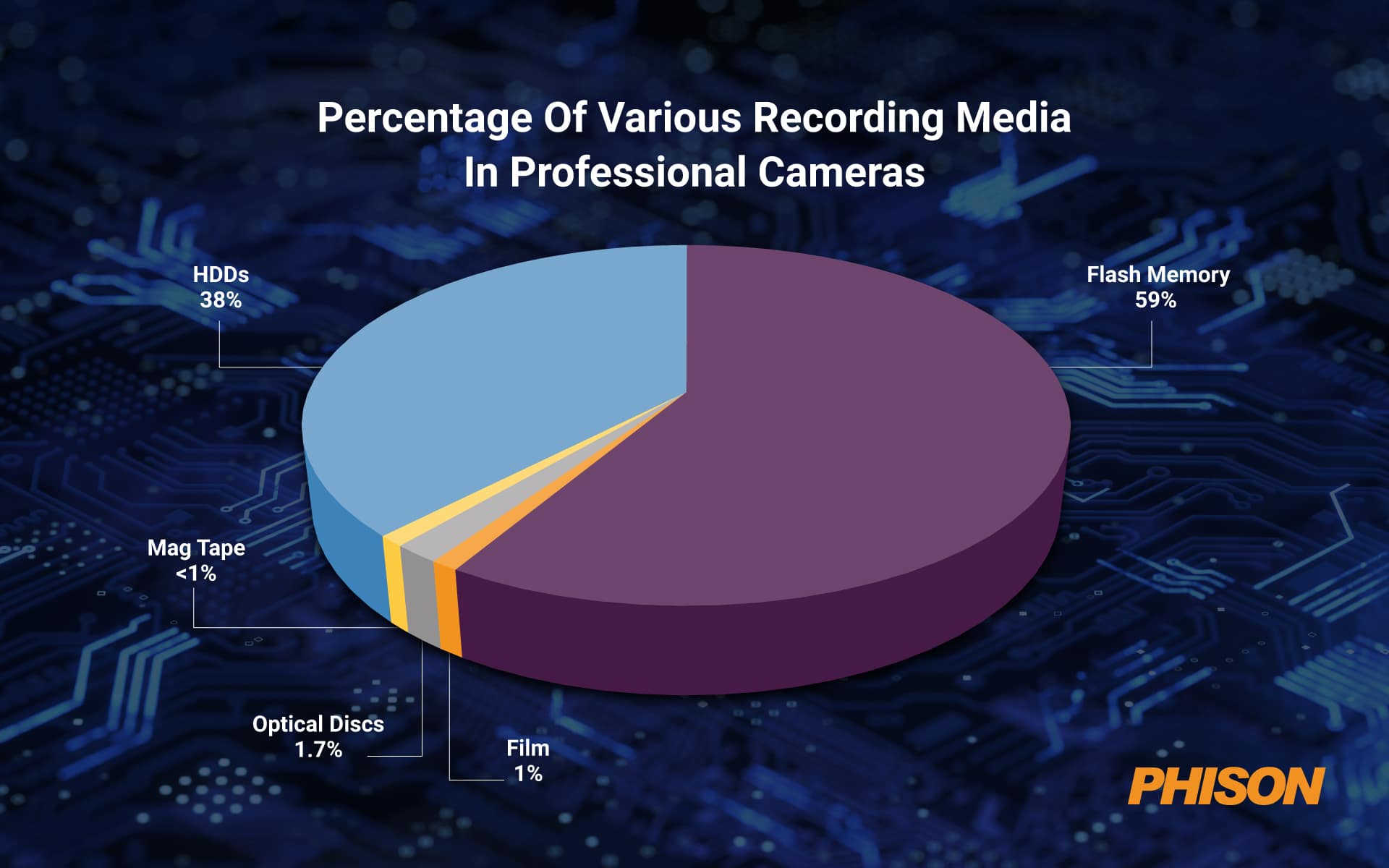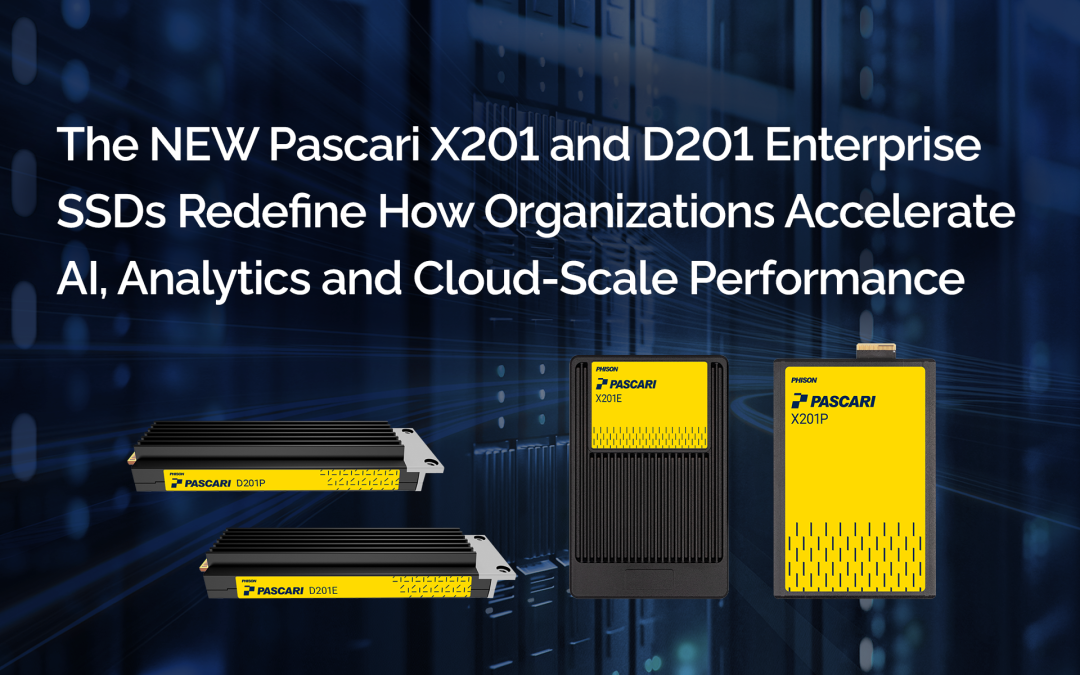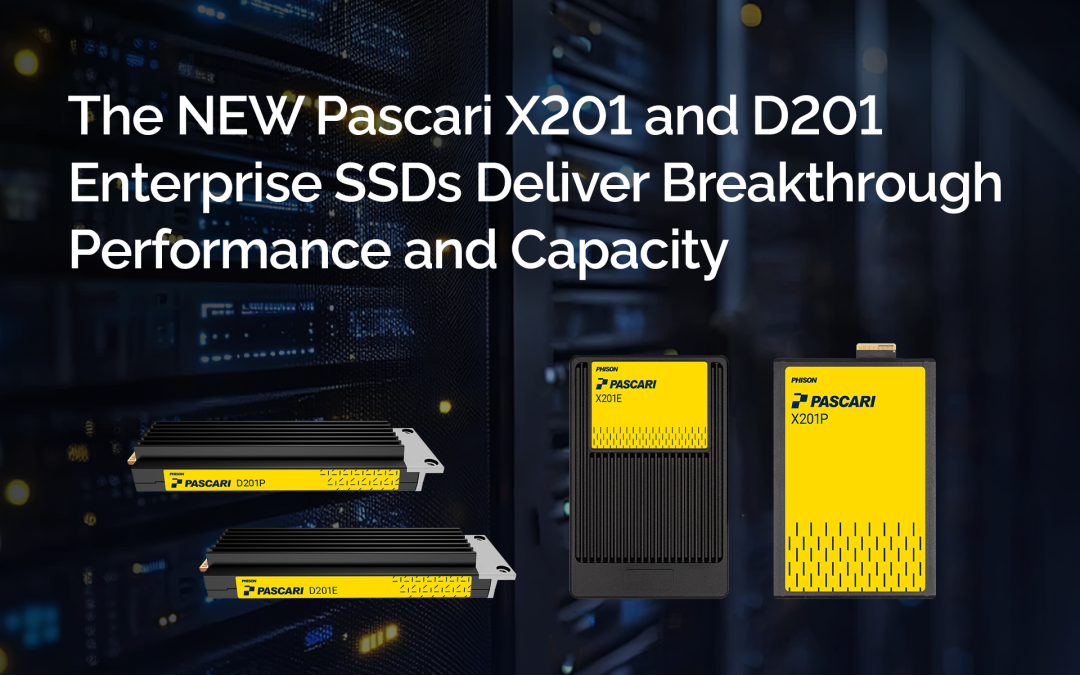Every industry has undergone significant changes as organizations progress on their digital transformation journeys. The media and entertainment (M&E) industry, however, has been one of the most affected by the advancement of new technologies—primarily because it deals so intrinsically with the creation, manipulation, management and distribution of content.
Consumers are bombarded by content from a wide range of channels, from social media and online content platforms such as YouTube to over-the-top streaming services such as Netflix and Hulu to feature films and documentaries rich with stunning visual effects and recorded at the highest resolutions available.
Content technologies are continually improving: higher frame rates, sophisticated computer-generated imagery (CGI), 4K and 8K video resolutions, dynamic color depths and stereoscopic virtual reality (VR) are just some of the technologies that are helping M&E companies surprise and delight viewers today. Those same technologies are resulting in ever-growing file sizes and the need for more storage capacity and better storage performance.
One report from IDC, sponsored by Seagate, estimates that the amount of data created, captured or replicated by the M&E industry across the globe from 2018 to 2025 will grow at a 25% compound annual growth rate (CAGR). To deal with this skyrocketing growth, the report recommended that creative organizations “consider implementing a data strategy that supports this level of mobility; choosing a solution that can handle the increase in volume of data and facilitate the management of their workflow.”
Another study estimated that between 2019 and 2025, the M&E industry would see a three-fold increase in the required digital storage capacity and an increase of about 3.4 times in storage capacity shipped per year—from just over 70 exabytes (EB) to upwards of 241 EB.
Flash-based solid state storage becoming a standard
As video file sizes get larger, storage performance and latency become more critical. M&E organizations are increasingly turning to flash-based solid state storage to deliver that higher level of performance and lower latency needed for today’s content.
Flash memory is already the primary storage medium in professional video cameras (see Figure 1). And as NAND flash prices continue to decrease, flash-based SSDs are also becoming more prevalent in both primary and secondary storage systems across a variety of M&E applications that were traditionally based on hard disk drives (HDDs). These storage systems are used for tasks such as high-speed media editing, streaming video platforms and file sharing.
Industry expert Tom Coughlin recently wrote, “NAND flash-based SSDs working on the PCIe computer bus—especially those with NVMe interfaces—have become the dominant SSD interface. As a consequence, NVMe SSDs are competitive with SAS SSDs. NVMe avoids the built-in legacy overhead of SATA and SAS interfaces, allowing more of the internal performance of flash memory chips to be available to the PCIe bus.”
Figure 1. Percentage of various recording media in professional cameras. (Source)
Evolving industry presents new challenges
As technology drives the need for more and better content storage, M&E organizations are also having to manage other industry changes. Virtual and remote teams need to collaborate, which means multi-location access to stored footage and other data. Archival strategies are being reconsidered, as faster, cheaper storage alternatives make it possible to hold on to data for longer periods of time. Rising demand for content personalization and reuse is driving the need for quick and agile production, delivery and distribution. And managing content effectively and efficiently across the entire workstream is critical to gaining an edge on the competition.
Here are some of the data storage challenges that teams across the industry are facing.
Live production
4K and 8K resolutions are leading to massive production footage file sizes —one estimate comes to about 7.29 TB for an hour of 8K RedCode Raw 75. That’s 121.5 GB per minute for raw 8K footage. Even if the footage is compressed, you’re still dealing with very large files for even just a handful of minutes.
Not only does that footage need to be stored in the camera while shooting scenes, it also needs to eventually be offloaded from the camera to another storage device. The faster the footage can be transferred, the sooner editors and producers can review the footage—and just a few hours of footage from a day of shooting can add up to some serious TBs.
Post-production
Editing is likely one of the most critical phases of post-production. As editors work on huge 4K or 8K video files, they need vast storage capacity as well as the high performance to play back video at any time without glitches and call up specific scenes in seconds.
Color correction is another post-production task that often requires the ability to play and skip quickly through scenes, sometimes in multiple concurrent streams. Again, performance of the storage drive here is key.
Many studios have multiple projects going simultaneously, so easy, seamless scalability of data storage is also a must.
Visual effects (VFX), animation and virtual reality (VR)
VFX technologies, including applications for animation and VR, are becoming more common in everything from online web content to streaming programs to feature films. This creative work eats up data storage fast—some VFX-heavy films can take up a petabyte of storage or more. VFX teams need high-performance storage that can support intense rendering and playback as they create new worlds, creatures and landscapes.
Broadcast production
The norm for today’s broadcasters, including sports content producers, is high-resolution content creation in a range of formats. Livestreaming requires an agile data storage platform that can easily scale and offer very low latency for glitch-less viewing.
Digitization of film and video
According to Tom Coughlin, the single biggest application (by storage capacity) for digital storage is the digital conversion of film and videotape. Studios are remastering old films and other content to 4K and other high-def resolutions for rebroadcasting and/or long-term digital preservation. This challenging task requires plenty of scalable, high-performance storage.
Modern requirements for flash-based storage
All of the applications described above require storage that delivers in several key ways:
-
-
- High performance – data storage must allow for fast and efficient data access, transfer and management.
- Easy scalability – increasingly large file sizes need storage capacity that can scale smoothly whenever needed.
- Integration – storage media should integrate seamlessly into existing architecture.
- Collaboration – M&E teams are highly collaborative and need data storage with a single namespace so it can be shared by team members that are located around the world.
-
Phison provides fast, efficient SSDs for M&E organizations
As a global leader in NAND flash controller IC and storage solutions, Phison offers a range of SSDs and controllers that can meet the performance and scalability needs of the M&E industry. The company is committed to ongoing R&D to continually improve its NAND flash-based SSDs for evolving data storage requirements.
Phison is also the only provider of a 2.5” 15.36 TB 7mm SATA SSD drive that is optimized for read-intensive applications, at value priced storage—which is ideal for M&E organizations that specialize in content streaming. The drive series features low power consumption and fast response times for commands. Phison also just launched the industry’s best performing PCIe Gen4x4 Dual Port SSD, the X1 series. The X1 SSD offers the best combination of exceptionally fast performance at low power consumption, which is a perfect match for applications that need to supply the host editing computer with the fastest access to large video files for post production. For instance, the X1 SSD offers speeds of 7 GB/s, which means transferring 100 GB of footage would take less than 15 seconds. That’s the kind of performance and speed M&E organizations need today—and Phison can deliver.
Frequently Asked Questions (FAQ) :
How does Phison differentiate its SSDs for M&E use cases?
Phison offers controller-level innovation with customizable SSD platforms. Its PCIe Gen4x4 Dual Port X1 SSD, for instance, reaches 7 GB/s while maintaining low power draw, ideal for real-time post-production workflows. Additionally, its 2.5” 15.36 TB SATA SSD is engineered for read-intensive streaming environments at competitive cost-per-terabyte.
Why are flash-based SSDs replacing HDDs in M&E workflows?
SSDs eliminate mechanical delays inherent in HDDs. They support higher I/O operations, reduce latency, and handle large media files more efficiently, making them better suited for nonlinear editing, streaming, and multi-user collaboration.
What role does NVMe play in accelerating media storage performance?
NVMe SSDs reduce overhead by eliminating legacy SATA/SAS constraints. Connected via PCIe, they deliver near-instant access to large video files, especially critical during post-production where timeline scrubbing and multi-stream editing are time-sensitive.
How does Phison’s R&D support evolving media workflows?
Phison invests in controller optimization and custom firmware to address workload-specific needs. Its E18DC controller enables fine-tuned SSD behavior across different media tasks, supporting future-ready, AI-enabled media workflows.
What is Phison’s Pascari X200 SSD and why is it relevant?
The X200 is Phison’s latest enterprise-grade SSD, designed for ultra-low latency and sustained high throughput. Tailored for next-gen content workloads, it meets the demands of modern M&E firms tackling real-time editing, VR pipelines, and high-res content streaming.












